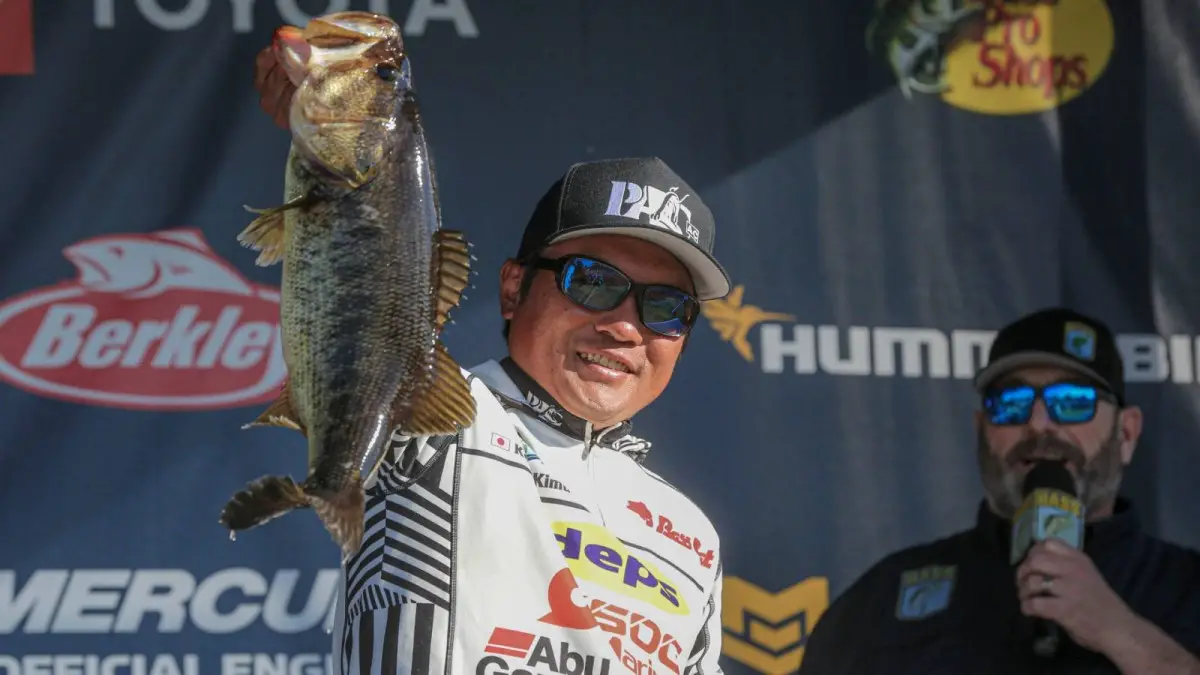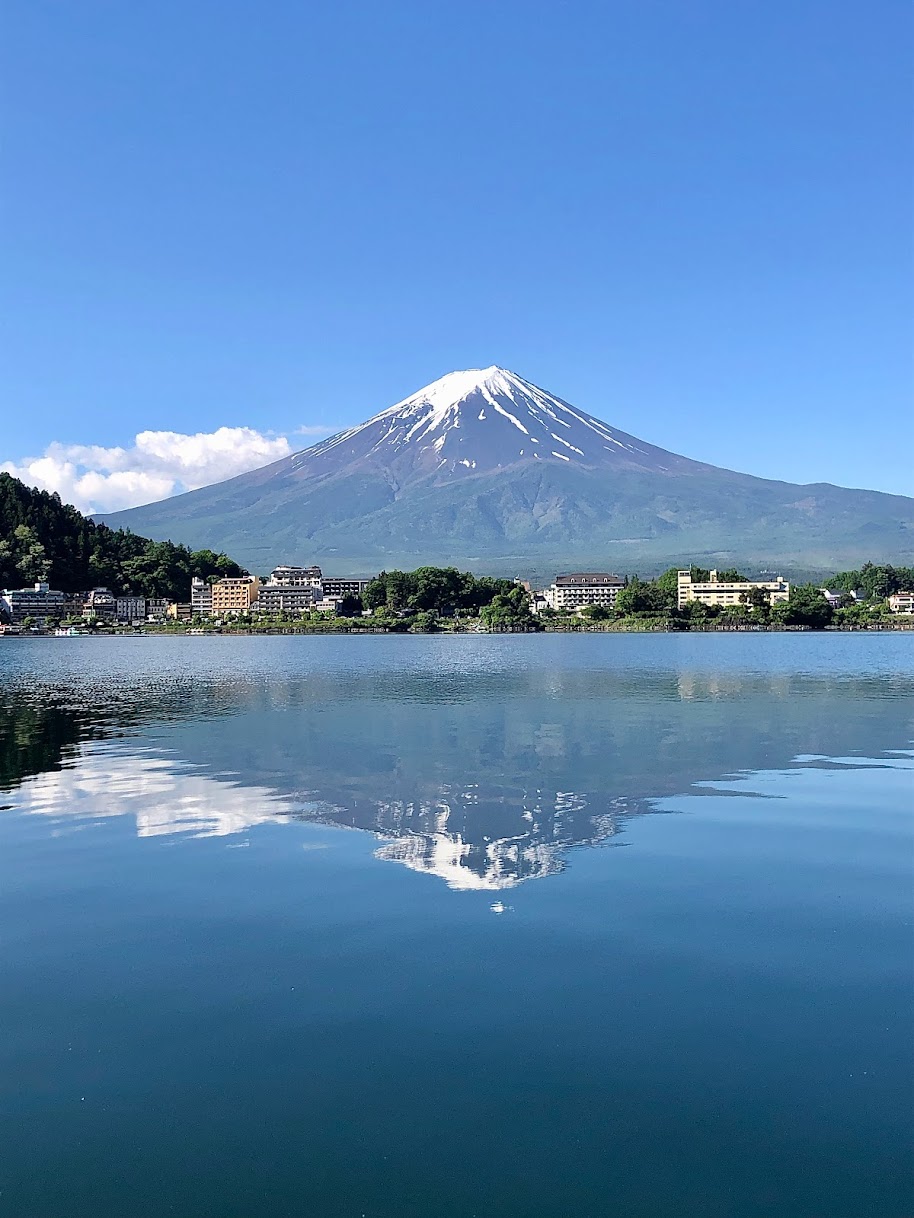The Internet has helped make the bass-fishing world a smaller place, but it has also created plenty of questions and some of the biggest, thickest, jaw-dropping largemouth bass on the planet come from places that might surprise you. Is Japanese Bass Fishing popular?
“Japanese anglers have access to everything that is being sold in America,” said Norura Hideyuki, an editor with Lure Magazine (one of the most influential fishing magazines sold in Japan). “They are familiar with all the latest fishing styles and are quick to try new products and techniques popular in America.”
Introduction:
Bass fishing, with its blend of skill, strategy, and adrenaline, casts a captivating spell on anglers worldwide. Yet, there’s a particular allure to pursuing the elusive bass amidst the serene beauty of Japan’s waters. Picture yourself standing on the shores of a crystal-clear lake, surrounded by lush greenery and the distant echo of tranquil streams. This is the backdrop for a bass fishing adventure like no other.
In Japan, bass fishing isn’t merely a pastime; it’s a passion woven into the fabric of the nation’s angling culture. What sets Japanese bass fishing apart is not just the fervor with which it’s pursued, but also the sheer diversity of bass species that call these waters home. Japan’s lakes, rivers, and reservoirs teem with opportunities to reel in these prized catches from the iconic largemouth bass to the sleek and cunning smallmouth bass. Join us as we delve into the captivating world of bass fishing in Japan, where every cast holds the promise of adventure and discovery.





